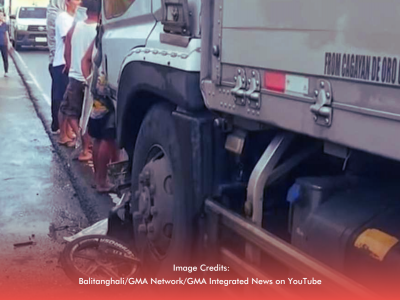The Bureau of Fisheries and Aquatic Resources (BFAR) Region XI has commenced the annual three-month closed fishing season in Davao Gulf, effective from June 1 to August 31, 2025. This initiative aims to safeguard small pelagic fish species during their peak spawning period.
Now in its 12th year, the seasonal ban prohibits the use of specific fishing gear, including bag nets (basnig or tapay-tapay) and ring nets (kubkuban or likom), regardless of tonnage. However, registered municipal fisherfolk are still allowed to use traditional fishing methods such as hooks and lines, gillnets, and fish pots.
Benefits of Protecting Marine Life
Elaine Vera Belvis, Chief of BFAR-Davao’s Fisheries Management, Regulatory, and Enforcement Division, emphasized the importance of the ban in allowing fish populations to recover. She noted that data from the National Stock Assessment Program has consistently shown increased catch volume following each closed season.
The Davao Gulf–which stretches from Cape San Agustin in Davao Oriental to Talagutong Point in Davao Occidental–serves as a vital spawning ground for species like big-eyed scad (matangbaka), mackerel (alumahan), and round scad (galunggong). The implementation of the ban is anchored in Joint Administrative Order No. 02, Series of 2014, and Section 100 of Republic Act No. 10654, both aimed at sustaining marine resources through seasonal fishing closures.
Support and Reinforcement Measures in Place
To ease the impact on affected fisherfolk, BFAR has partnered with various national agencies. The Department of Social Welfare and Development (DSWD) will distribute food packs, the Department of Agriculture (DA) will provide livestock, and the Department of Labor and Employment (DOLE) has allocated slots under its emergency employment program. Local government units have also launched their own support efforts.
Enforcement teams will increase patrols in key areas such as Samal Island, Banaybanay, Lupon, Governor Generoso, and Don Marcelino to ensure compliance. Violators may face fines, imprisonment, confiscation of catch and equipment, and possible revocation of fishing licenses.
The seasonal closure reflects a broader effort to balance marine conservation with the livelihoods of coastal communities, ensuring sustainable fisheries for the future.








